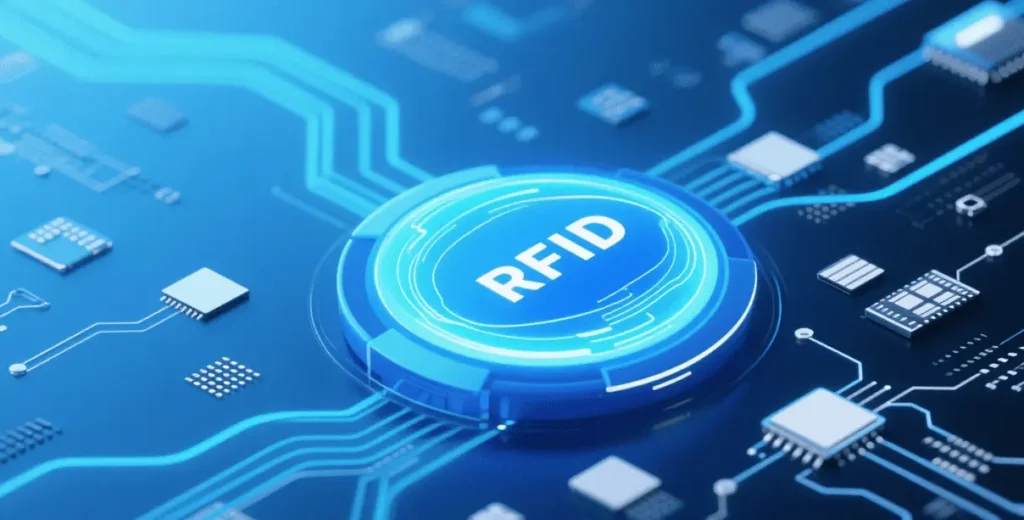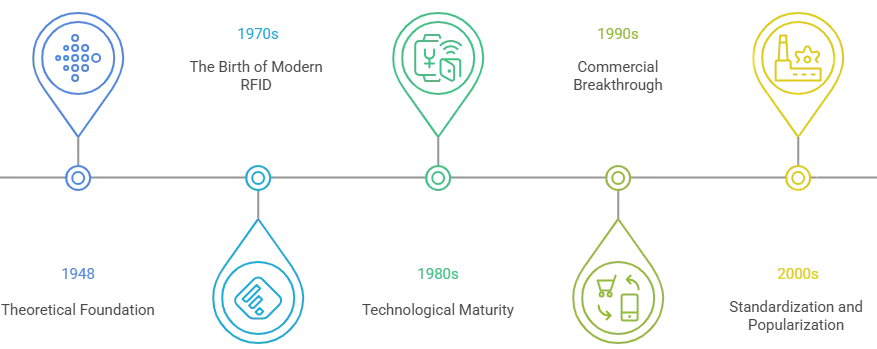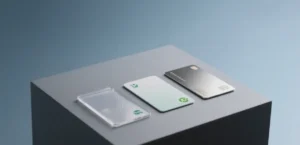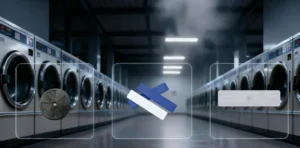
RFID Technology: All You Need to Know
Custom Your RFID Cards
RFID technology might seem like a quiet innovation, but it’s actually a hidden powerhouse that keeps modern society running smoothly. It’s reshaping how different industries work, and its impact is huge. Whether you’re a tech fan, a business leader, or just someone curious about this game-changing tech, this article is your go-to guide for understanding RFID. We’ll take you through its journey from wartime beginnings to today’s smart world, break down its key parts and how they work, and compare it to other tech like NFC, barcodes, and Bluetooth. By the end, you’ll have a crystal-clear grasp of RFID.
The Evolution of RFID Technology
RFID technology has come a long way since its origins in World War II, when it was first used to identify friendly aircraft. During the Cold War, it stayed in the shadows, mostly for military tracking and security.
But barcodes just couldn’t keep up, they needed a clear line of sight, held little data, and couldn’t be changed. So, in the 1990s, RFID started to take off in retail and logistics, thanks to cheaper and smaller microchips. Today, RFID is everywhere in smart cities and the IoT, from access control and traffic management to food safety and waste handling.

Read more about the history of RFID: [From WWII to Smart Cities: The Evolution of RFID Technology]
Understanding RFID Systems
RFID systems work smoothly because three key parts work together: RFID tags, RFID readers, and host systems.
RFID Tags are like tiny info packets. There are two types: passive and active. Passive tags don’t need batteries; they get power from the reader’s signal and send info back. They’re cheap and last long, perfect for tagging lots of items, like in stores. Active tags have their own batteries, so they can send signals over longer distances – great for tracking expensive stuff like shipping containers or parts on a car assembly line.
RFID Readers are the middlemen. They send out radio signals to wake up tags and get data from them. Different readers work at different frequencies for different jobs. Low-frequency ones are good for short-range stuff like door cards; high-frequency ones are used for things like subway tickets; and ultra-high-frequency ones are awesome for long-range, fast scanning in places like warehouses.

Host Systems are the brains. They take the data from the readers, store it, analyze it, and make decisions. For example, in a warehouse, the reader scans all the tags, sends the data to the host system, which checks it against what’s supposed to be there and makes a report. In a factory, the host system can watch each part move through the production line, making sure everything runs smoothly.
Learn more about how RFID systems operate in detail: [Understanding RFID Systems: How RFID Works]
NFC Cards vs. RFID Cards:
NFC (Near Field Communication) is often seen as a specialized form of RFID, but they have key differences in how they work and where they’re used.
Technically Speaking:
- Frequency: NFC sticks to 13.56 MHz (HF band). RFID covers a wider range, from low-frequency (LF, like 125 kHz) to high-frequency (HF, 13.56 MHz) and ultra-high-frequency (UHF, 860-960 MHz).
- Communication: NFC is all about two-way, point-to-point chatting between devices—think tapping your phone to pay. RFID is mostly one-way, with tags sending info to readers.
- Distance: NFC keeps it close, under 10 cm, which is great for secure stuff. RFID can go much farther, depending on the frequency.
Where They Shine:
- NFC: Best for quick, secure interactions like mobile payments (tap and go!), smart posters (tap for info), and easy Bluetooth pairing.
- RFID: Shines in supply chain tracking (where’s that shipment?), asset management (where’s my equipment?), access control (who’s coming in?), and even animal tracking (how’s my livestock doing?).
Learn more about NFC Cards vs. RFID Cards: [NFC Cards VS RFID Cards]
RFID vs. Barcodes vs. NFC vs. Bluetooth
When it comes to data identification and communication, RFID, barcodes, NFC, and Bluetooth each have their strengths and ideal use cases.
Barcodes:
- Pros: Super cheap and easy to use. Perfect for static info in retail and libraries.
- Cons: Need a clear line of sight, can’t handle harsh conditions, limited data, and no editing once printed.
Bluetooth:
- Pros: Great for short-range, two-way communication between devices. Ideal for connecting phones to headphones or speakers.
- Cons: Uses more power, shorter battery life, and can get interference with too many devices.
RFID:
- Pros: Can read multiple tags at once, no line of sight needed, works through non-metal barriers, and you can read and write data. Awesome for supply chains, smart manufacturing, and healthcare.
- Cons: Costs more, especially for active tags and fancy readers.
NFC:
- Pros: Super secure and great for quick, close-range interactions like payments or accessing info on posters.
- Cons: Limited range (usually under 10 cm) and narrower use cases compared to RFID.
Choosing the Right Tech:
- Barcodes: Best for low-cost, large-scale, static info.
- Bluetooth: Great for flexible device connections and data sharing.
- NFC: Perfect for secure, short-range interactions.
- RFID: Ideal for non-contact, multi-target, read/write, and obstacle-penetrating needs.
For example, in supply chains, RFID trumps barcodes for real-time, bulk tracking. In access control, RFID is faster than barcodes, but NFC shines in high-security scenarios. For connecting smart devices, Bluetooth is king, while RFID is better for tracking assets inside devices.
For a detailed comparison of RFID vs. barcodes, NFC, and Bluetooth, see: [RFID vs. Barcode vs. NFC vs. Bluetooth: What is the Difference?]
Conclusion
RFID technology is a game-changer, rapidly transforming industries from supply chains to smart cities. Its ability to track products, streamline transportation, and boost efficiency is just the start. As we move toward a smarter future, RFID will be a key player, driving innovation and change across the board.
Got more questions about RFID? Our expert team is here to help! Need customized solutions? Reach out to us for professional advice tailored to your needs.
Ready to dive into RFID? Check out our product page for a range of RFID wristbands, tags, and readers perfect for your business. Let’s team up and unlock the full potential of RFID technology together!


